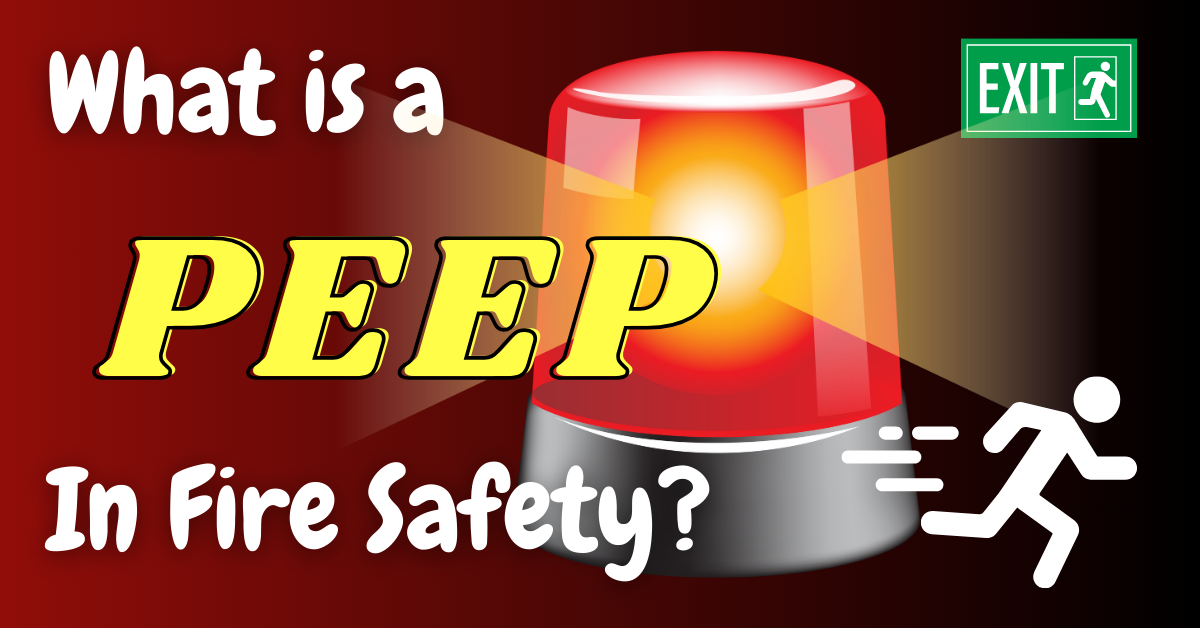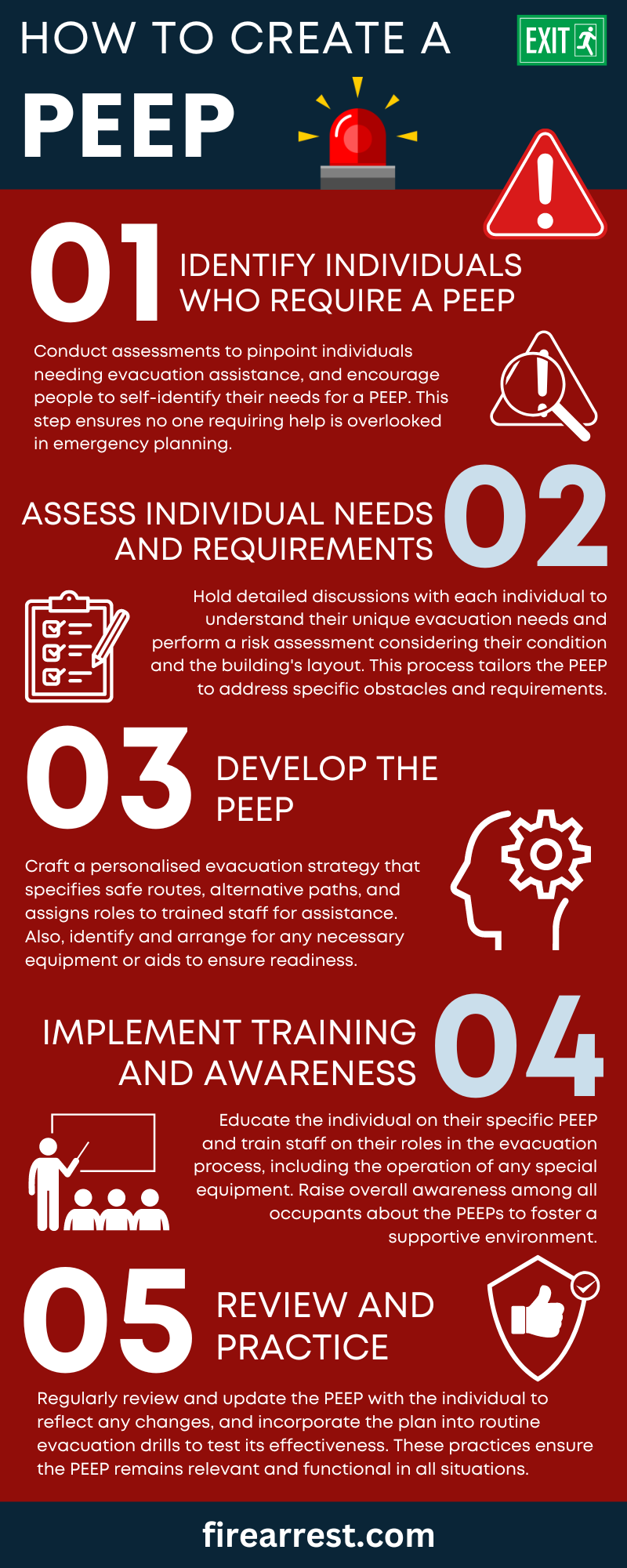When it comes to fire safety, preparation and knowledge can significantly influence outcomes during emergencies. Among the myriad strategies and plans designed to safeguard individuals, the Personal Emergency Evacuation Plan (PEEP) stands out as a crucial component. This article explores the concept of PEEPs within the realm of fire safety, delving into its definition, importance, and the components that constitute an effective evacuation plan. Whether you’re responsible for a commercial building, a public institution, or your own home, understanding PEEPs is essential for ensuring everyone’s safety in the event of a fire.

Understanding PEEPs in Fire Safety
Personal Emergency Evacuation Plans, or PEEPs, are bespoke strategies designed to ensure the safe evacuation of individuals, particularly those who may require additional assistance, in the event of a fire or any emergency. These plans are vital in buildings of all sizes and purposes, from residential properties to large commercial complexes.
What Does PEEP Stand For in Fire Safety Context?
In the context of fire safety, PEEP stands for Personal Emergency Evacuation Plan. It is a tailored evacuation strategy developed to meet the specific needs of an individual, ensuring they can safely exit a building during an emergency. The plan takes into account various factors, including the individual’s mobility, the building’s layout, and the nature of the emergency, to facilitate a smooth and safe evacuation.







